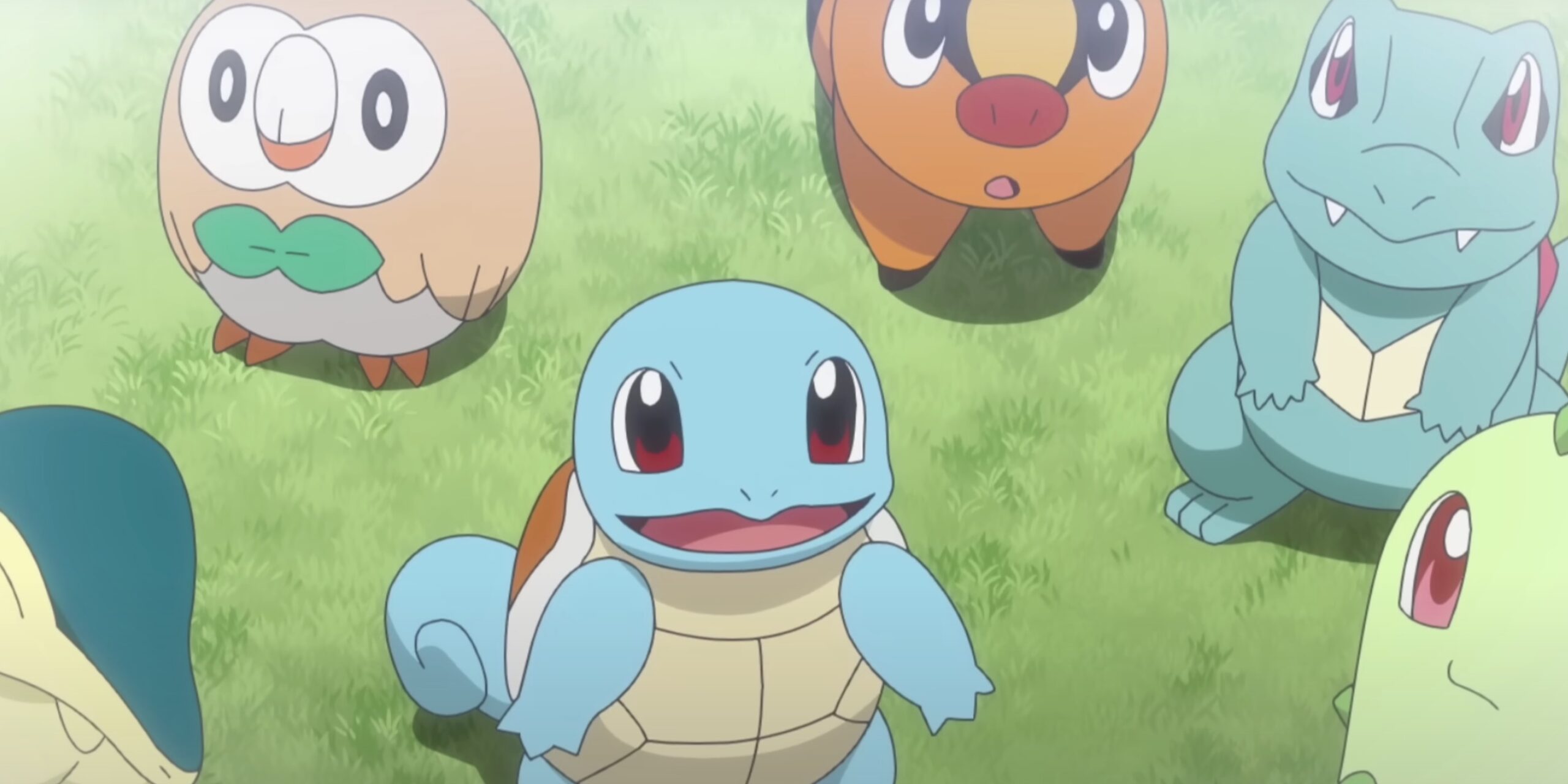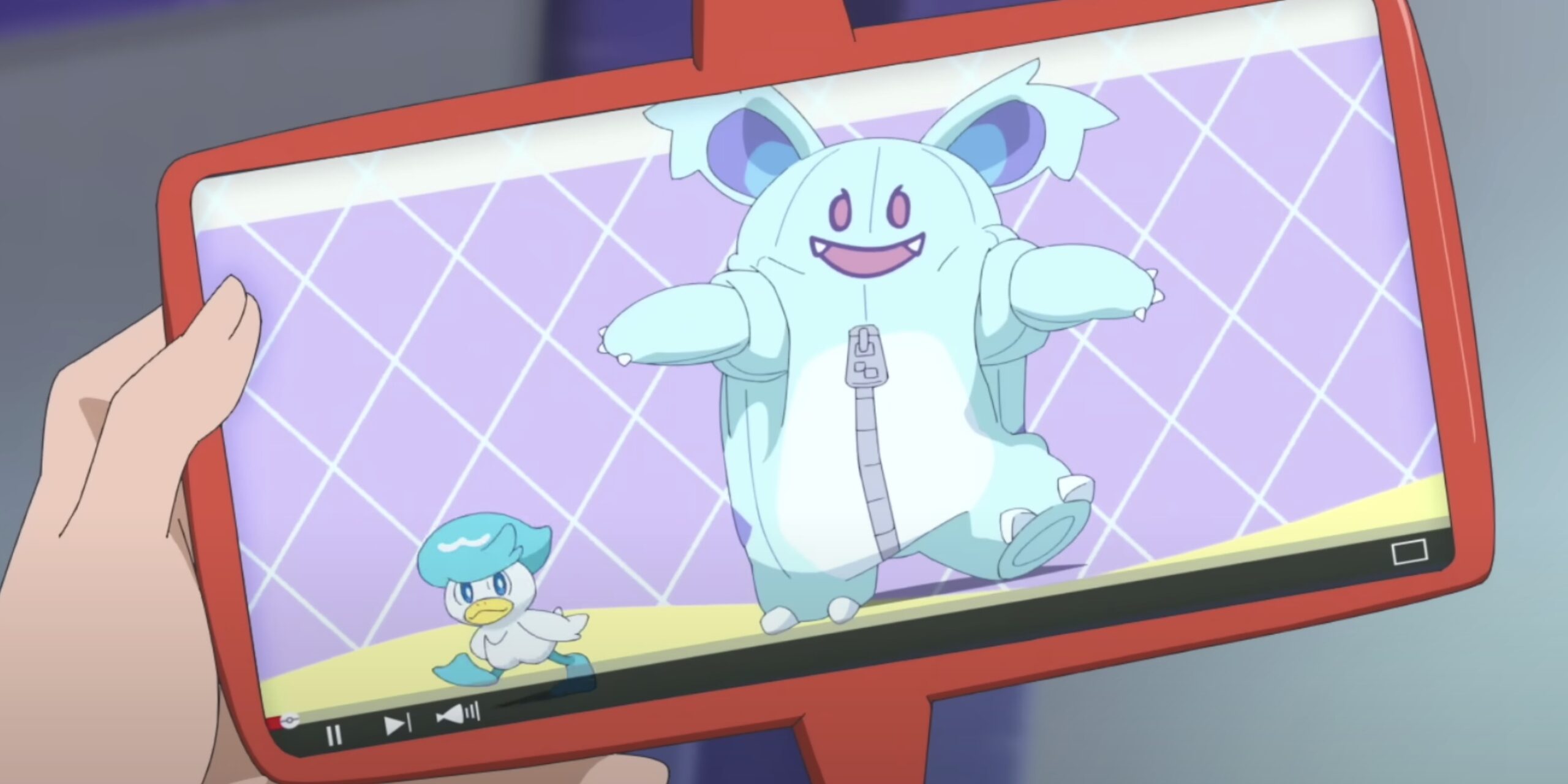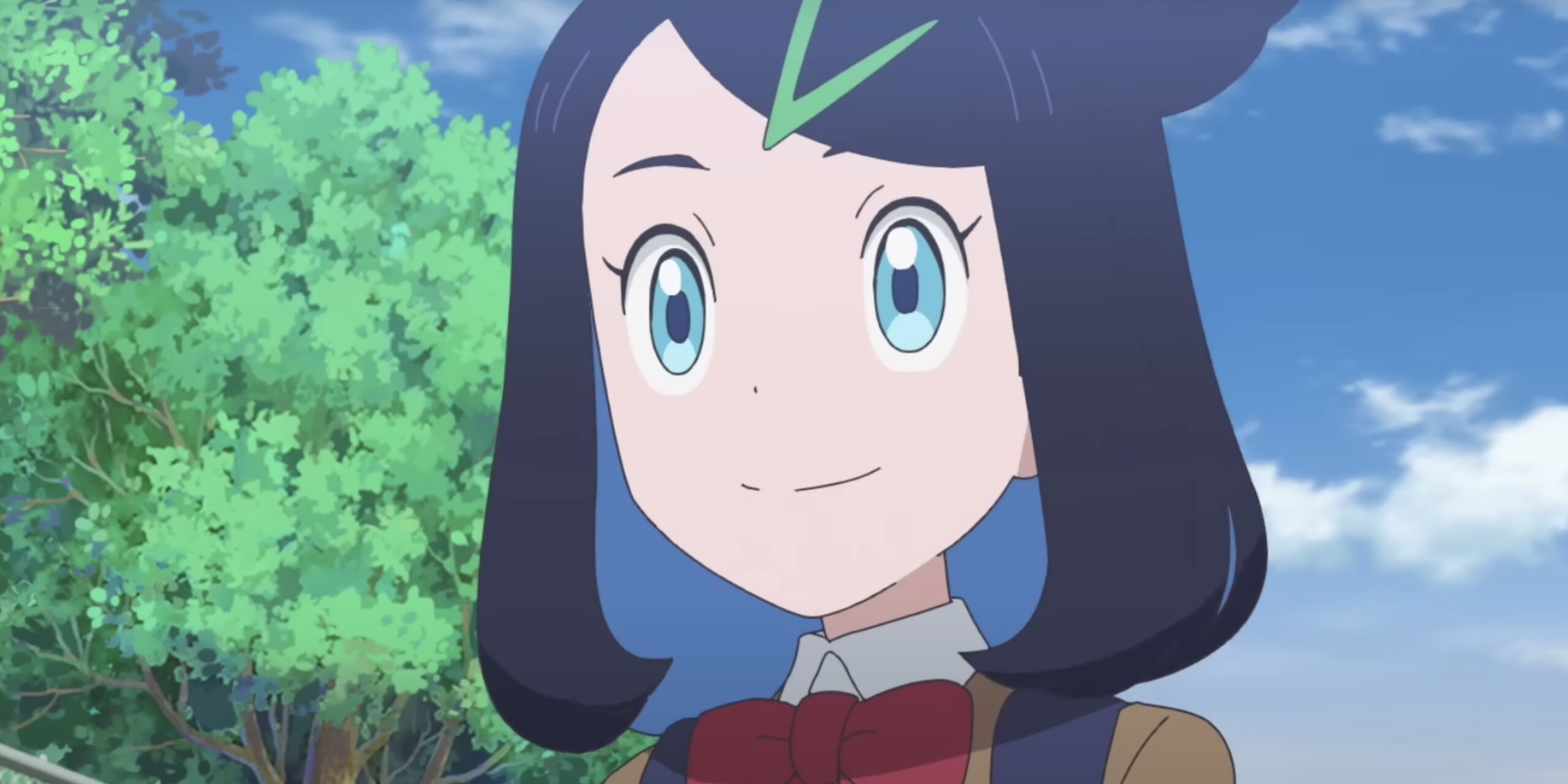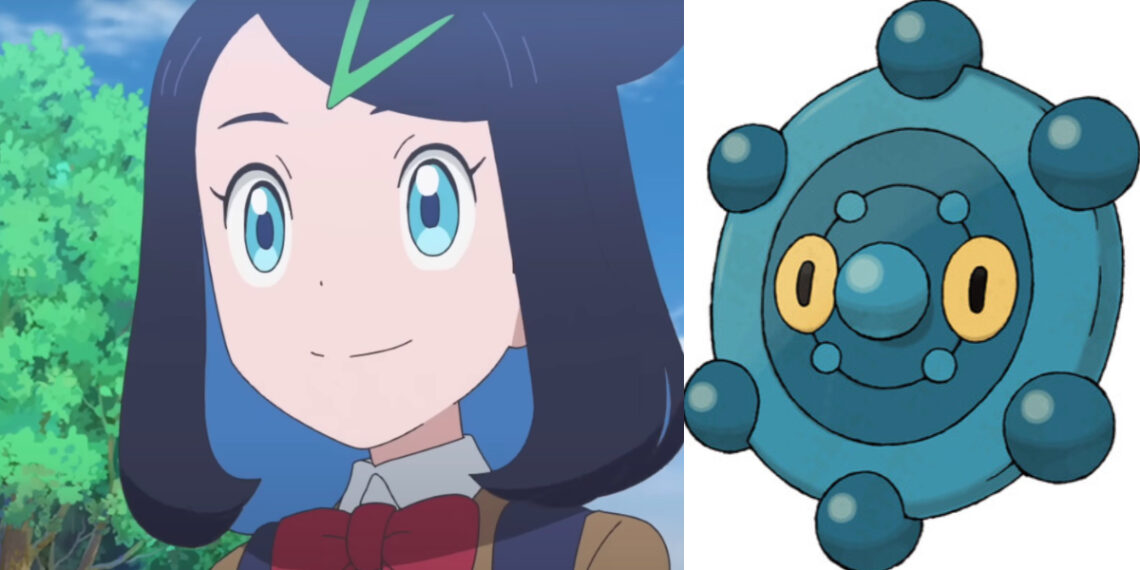The latest episode of the popular anime series Pokémon Horizons took an unexpected turn with the revelation of a little-known ability of the Psychic-type Pokémon Bronzor. This surprise twist ended up helping reveal the truth behind the villain’s scheme and securing a confession.
In episode 28, the main characters Roy and Liko bring an Ancient Poké Ball to an antique dealer who was an acquaintance of Liko’s grandmother.
However, the dealer duplicitously swapped out the rare ball for a fake and stole the original, planning to sell it to another buyer who had offered a large sum of money.
This set off a frantic chase as Roy and Liko attempted to track down the crooked dealer and regain the Ancient Poké Ball associated with the legendary Black Rayquaza.
Despite managing to put all of the heroes’ Pokémon to sleep, the villainous dealer was eventually captured thanks to the efforts of Captain Pikachu, Friede, and Liko’s indignant grandmother Diana.
In the climax, Diana decides to teach the swindling dealer a lesson by having him attacked by his own Pokémon.
This is where Bronzor and its unexpected secret ability came into play, helping elicit a confession and restoration of the treasured Ancient Poké Ball. Through this creative twist, the show revealed an obscure bit of Poké-lore while wrapping up the dramatic storyline.
How The Surface of Bronzor Reveals the Truth
Pokédex entries were frequently used as plot devices in the original Pokémon anime, and Pokémon Horizons pays homage to that tradition.

When the rascally antique dealer’s dastardly plot is unveiled, Liko’s grandmother Diana turns the tables by grabbing his Bronzor out of midair.
She begins intently polishing the Psychic-type Pokémon’s back surface to a reflective sheen. Shockingly, when Diana flips the Bronzor around, its glossy face reveals an image of the dealer as a young man, still chasing his dreams of becoming an adventurer like Diana.
This poignant vision pierces through the man’s duplicitous facade, causing him to break down in shame over stealing from children like young Roy.
Overcome with emotions, the dealer admits he does still harbor ambitions of being an explorer again one day. Liko looks on, mightily impressed by her grandmother’s clever gambit. But how did Diana even know Bronzor was capable of such a feat?

As referenced in Bronzor’s Pokédex entry from Pokémon Shield, polishing Bronzor’s surface to a shine supposedly makes it reflect “the truth” according to folklore.
Though Bronzor hates being polished, its entries note it was more reflective in earlier eras. Shield’s specific description is the only one stating Bronzor can project more than just mirror images.
Presumably by virtue of its Psychic typing, the polished Bronzor can read its viewer’s inner thoughts and emotions, reflecting their genuine hopes and dreams.
Through this creative usage of an obscure Pokédex tidbit as a plot twist, Pokémon Horizons adds extra depth while bringing the story arc to a satisfying conclusion. It’s a fitting homage to the lore-building that was integral to the original animated series.
Does The Ongoing Pokémon Horizons Really Preserve The Lore Of The Franchise
While Pokédex entries have been dramatically brought to life in the Pokémon anime before, this creative usage in Pokémon Horizons stands out as particularly clever.
The specific entry used is also more obscure, coming from Bronzor’s description in Pokémon Shield rather than a more widely known game.
Since Bronzor has appeared in multiple Pokémon titles, this specific folklore about its reflective powers is often overlooked by fans, making it a smart and unexpected reference.

Unlike the original Pokémon anime which frequently incorporated Pokédex lore into plotlines, Pokémon Horizons has rarely used this familiar trope until now.
Longtime fans who fondly remember those lore-driven episodes should welcome this return to form. By dusting off this little-used Shield entry to unravel the antagonist’s scheme, the show pays tribute to the anime’s roots while demonstrating there are still surprises to be found in the expansive Pokédex library.
The glinting Bronzor reflecting dreams rather than reality makes for an evocative scene that fits nicely into the show’s adventure-driven spirit.
It offers a positive message about how even flawed figures like the antique dealer still have goodness within.
This nostalgic yet imaginative usage of Pokémon world-building should delight longtime devotees eager to see Pokédex entries woven into the narrative fabric once again.
It reaffirms that not all the lore has been exhausted, and keeps devoted fans guessing what other obscure entries could manifest next.





